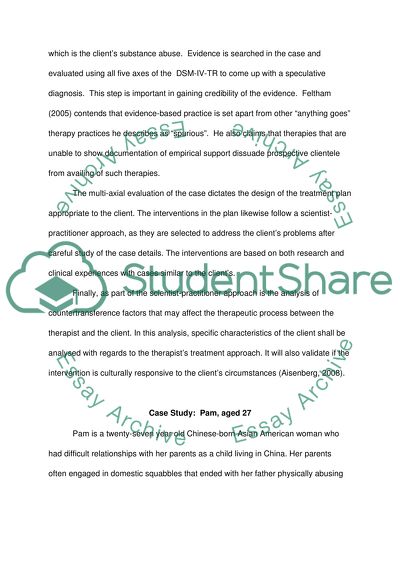Cite this document
(“Scientist-Practitioner Approach to Treating Substance Abuse of an Essay”, n.d.)
Retrieved from https://studentshare.org/psychology/1429148-choose-a-client-or-person-to-whom-you-have-had-a
Retrieved from https://studentshare.org/psychology/1429148-choose-a-client-or-person-to-whom-you-have-had-a
(Scientist-Practitioner Approach to Treating Substance Abuse of an Essay)
https://studentshare.org/psychology/1429148-choose-a-client-or-person-to-whom-you-have-had-a.
https://studentshare.org/psychology/1429148-choose-a-client-or-person-to-whom-you-have-had-a.
“Scientist-Practitioner Approach to Treating Substance Abuse of an Essay”, n.d. https://studentshare.org/psychology/1429148-choose-a-client-or-person-to-whom-you-have-had-a.


